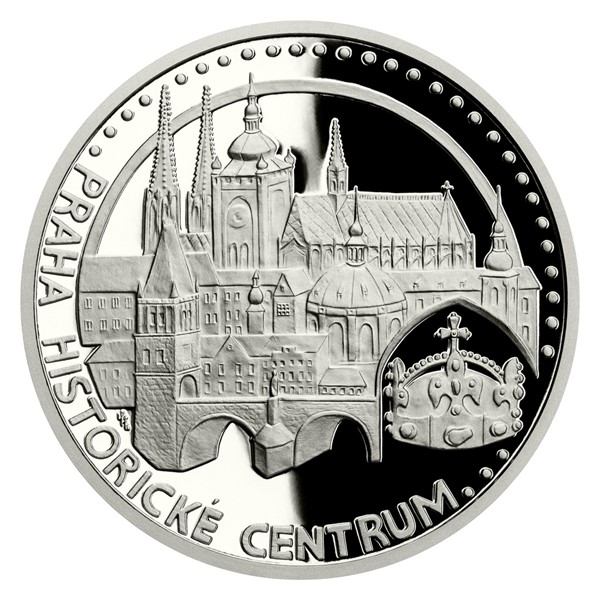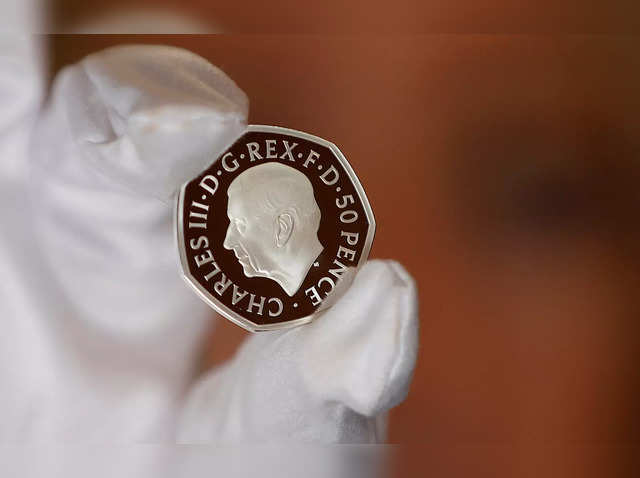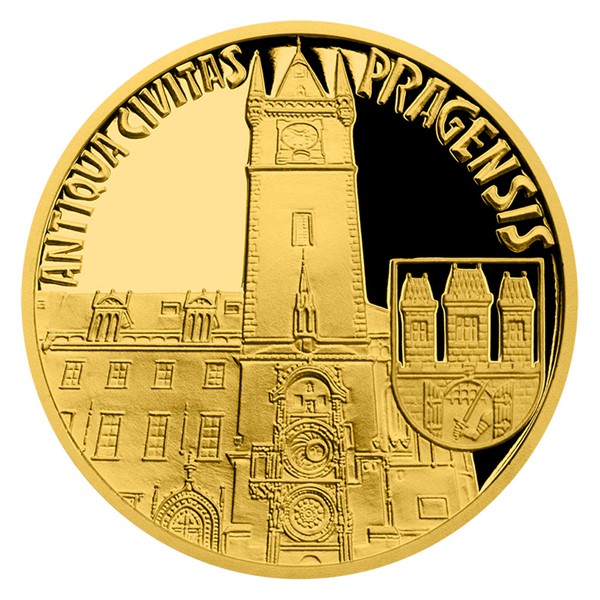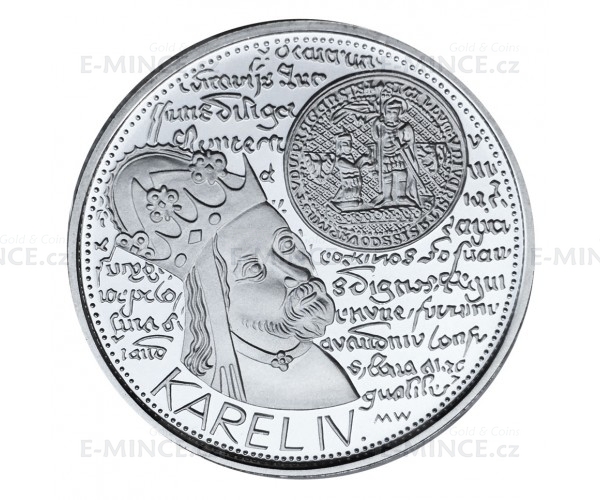Free Info For Janvier Processing Czechoslovakia Coins
Wiki Article
How Is The Plaster Model Transformed Into A Digital 3d Version For Gold-Plated Coins Or Medals?
Scanning a model of a plaster to create a 3D digital model for gold coins or medals requires specialized equipment to capture the physical maquette's details and dimensions in the digital format. Digital replication serves a variety of purposes in the production processHow the Scanning Process Works
3D Scanning3D Scanning - High-resolution scanners are utilized to capture the dimensions and details of a model made from plaster. These scanners use various methods, such as laser scanning or structured light to capture precise measurements and geometry.
Capturing information about the surface- The scan emits light beams or lasers onto the plaster model. The scanner captures the distortions and reflections these beams cause, taking in surface information.
Data collection- The scanner captures data while it travels across the model. This creates an image that is digitally rendered, which includes the model's contours, geometrical details and other details.
Conversion into 3D Model - The data points that are collected are processed by a software that converts the data into a digital 3D model. This model resembles the physical dimensions and characteristics of the maquette.
What are the motivations for the creation of an electronic 3D model?
Digital 3D models allow for exact replication of the physical model's dimensions and specifics. It is important to maintain this precision to ensure that the design and style of the gold coin or medal corresponds to the original.
Digital models allow for easy modification or refinement. Designers can modify the 3D model, without changing the original plaster maquette. This permits iterative corrections or improvements.
Compatible with manufacturing processes- Digital 3D designs are compatible to various manufacturing technologies like 3D printing or CNC machining, making it easier to create molds or dies for large-scale production.
Archiving and Documentation - Digital 3D models are an archived record of the design. Digitally stored 3D models can be used for future reference, reproduction or historical documentation.
By scanning the plaster model and creating digital 3D models that designers and manufacturers can streamline the production process to ensure accuracy when replicating, and leverage advanced manufacturing technologies to make gold coins or medals with precision and fidelity to the original design. Read the best Scanning and 3D Modeling Prague Mint gold coins blog advice. including cost of a gold bullion bar, 1 oz gold coin, silver and gold buyer near me, gold and coin dealers near me, gold and silver dealers near me, sell gold silver near me, online silver buying, krugerrand coin, purchasing silver bars, hidilyn diaz and more.

How Can Highly-Skilled Engraving Artists Improve The Look Of Gold Coins And Medals?
Highly experienced engravers play a crucial role in refining and enhancing the look of gold medals or coins through their work on the hub or die. Their experience allows them to add intricate details and perfect the design. Here's the way they accomplish this Evaluation of Working Hub
Engravers look at the working hub, or die, created by Janvier or master hub. They assess the transferred design's accuracy, depth, as well as overall quality.
Correction of mistakes
Engravers fix any imperfections or inconsistencies which may be present in the design. They can employ precise tools to fix small errors, modify depths, or refine particular elements to ensure uniformity and precision.
Enhancing Details
Engravers can add fine details to a design employing special engraving equipment such as burins or pneumatic engraving machine. They cut or engrave the surface of the hub to produce fine lines, textures or lettering as needed by the design.
Dimensional and Depth Improvement
Engravers modify the contours and depths of the design to create visual dimension and depth. This involves meticulously varying depths to create texture or realism.
Texture, Finishing and Other Finishing, Texture and Other
Engravers are able to add texture or finish to certain elements of a design in order for it look more attractive. To achieve different surface textures, techniques like stippling or frosting or shading are utilized.
Quality Control and Inspection
Engravers perform many checks and inspections during the engraving process to ensure that their engraved designs meet the requirements of accuracy and clarity.
Collaboration, artistic interpretation and collaboration
Engravers are often in close collaboration with artists and designers to ensure that the design is correctly perceived. Their artistic interpretation and skills can enhance the design by introducing subtle nuances or refining specific aspects according to their artistic vision.
The skills of skilled engravers is in their ability to work with metal surfaces using accuracy and skill. Their dedication to detail and careful workmanship enhances the appearance of medals or gold coins, ensuring the final product reflects intended aesthetics and the highest quality standards. See the top rated Prague Mint gold coin engravers website examples. including small gold coins, purchase gold coins, sovereign british coin, buy gold silver, $20 gold piece, gold coin shops near me, five dollar gold piece, coins and gold, gold one dollar coin, kruger rand and more.

How And Why Are Certain Types Of Finishes, Such As The Matte Or Textured Surfaces, Achieved Through Sandblasting?
Sandblasting is a technique used to produce textured or matte surfaces on gold coins and medals. The procedure of Sandblasting is explained.
Surface Preparation - The coin or the medal is placed into a chamber, cabinet or nozzle that is connected to an air compressor. This chamber can be enclosed in order to keep the abrasive substance that is used in the process.
Abrasive material selection - High speed propulsion of fine particles of abrasive materials, such sand or silicon carbide, or glass beads and aluminum oxide on the surface.
High-Pressure-The abrasive grains are propelled onto the surface using compressed air or another high-pressure device. The force and velocity that the particles encounter the surface produce the desired finish or texture.
Texture creation - By altering the surface's topography because of the effect of the abrasive particle it creates a texture. This process can be used to create an even texture or roughen specific regions.
Sandblasting can have its intensity, duration and angle controlled to produce various textures or finishes. Different abrasives and pressure levels produce different results.
Sandblasting - Why it is done
Texture Variation: Sandblasting produces a wide range of textures, such as smooth, frosted and matte surfaces. They can add fascination and unique qualities to medals and coins.
Aesthetic Enhancement: Sandblasting changes the appearance of the surface, reducing light reflections and decreasing shine, which may enhance the coin's or medal's visual appeal. Matte finishes may be used to highlight certain design features by reducing glare.
Anti-Glare Properties - Matte or smooth surfaces created by sandblasting can reduce reflections and glare. This makes the medals or coins visually appealing and easy to see without unwanted light interference.
Contrasting Elements in Design- Sandblasting is employed to create contrasts between areas that are polished or textured on coins or medal. This can be done to highlight specific design elements or increase the dimension and depth.
Sandblasting offers a variety of customization options that allow for artistic expression and allows coins or medals to be designed with different distinct textures or finishes that are unique to the style.
Sandblasting, a method that is versatile that can be used to create various designs and finishes for the surface of coins or medals. It enhances the visual appeal, aesthetics, and overall design. Check out the best sandblasting Czechoslovakia gold medals site info. including five dollar gold piece, canadian gold maple leaf, gold coin shops near me, silver and gold buyer near me, gold price jm bullion, double eagle coin, 1 10 american gold eagle, silver price jm bullion, gold coins for sale near me, saint gaudens gold coin and more.

How Do You Put Blanks Of Gold Into Coin Presses?
In the process of minting gold blanks are loaded into coin presses and then stamped under pressure to turn them into finished coins or medals. Here's a brief overview of how to load blanks.
A feeder system is attached to the coin press. This system loads gold blanks that have been prepared and checked for quality. The feeder system is responsible for ensuring a continuous flow of blanks into the coin press.
Feeding Blanks through the Press
The feeder system guides the blanks one by one into the chamber for striking of the coin press. This ensures the precise positioning of each blank prior to stamping.
Alignment and Positioning
The blanks are placed in the press, and then placed into the striking area making sure that they are perfectly aligned to allow for the stamping.
Striking at High Pressure
The coin press exerts massive pressure on the gold blanks by using two dies: one stationary and one that moves. The stationary die leaves negative marks on the design of the coin while the moving one is the hammer, which hits the blank.
The die that is moving strikes the blank with considerable force, and the design is transferred on the blank surface. The force of the dies creates the design and the relief is raised.
Repetition Striking (Optional)-
For more expensive coins or medals such as collector's or proof editions, multiple strikes could be employed to produce an even more sharp, clear image or style. Each strike fine-tunes the details within the blank.
Collection and Ejection
Once struck, the coins or medals created are taken from the presses. They are then put in containers and trays. The designs that are stamped are examined for quality control to ensure that they meet the standards and standards.
Post-Processing-
In addition to edge letters and refeding, based on the specifications of the design or the mint requirements, some coins or medals will undergo post-strike treatments or other procedures.
Stamping with high pressure, which creates a design onto the gold blanks is critical in that it transforms them into finished coin or medals for circulation, collecting, or commemoration. The process of stamping requires accuracy as any changes in alignment and pressure can impact the final product's quality. Have a look at the most popular minting Prague Mint gold medals blog tips. including 2000 p gold dollar, gold bars for sale near me, coin gold silver, canadian gold maple leaf coin, gold coins and bullion, gold coin dealers near me, gold eagle coin, coin buy silver, cost of silver coin, olympic games gold medal and more.
